SCS Models
What kinds of models are there for SCS?
Every community will have its own recommendation based on a variety of factors including existing infrastructure and programs, transportation, funding, where people buy and use drugs, privacy, access to physical space, and more.
Stand-alone fixed-site – similar to syringe access programs, stand-alone fixed sites are physical buildings typically set up with booths for drug use and/or rooms for inhalation and smoking with space for other services.
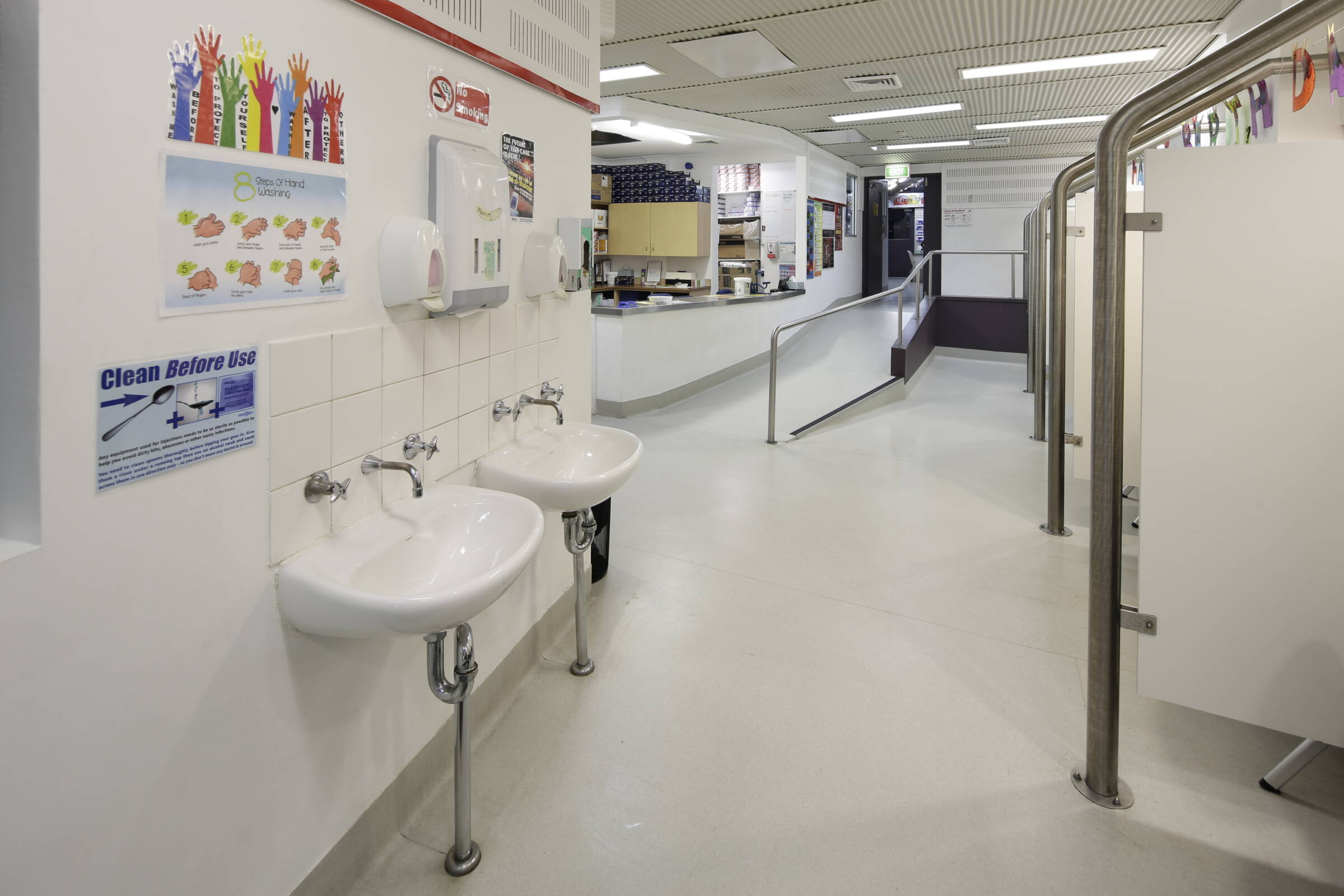
Integrated service – like a fixed site, injection or smoking services may be set up within an existing syringe access program but is a service integrated into an already existing organization.
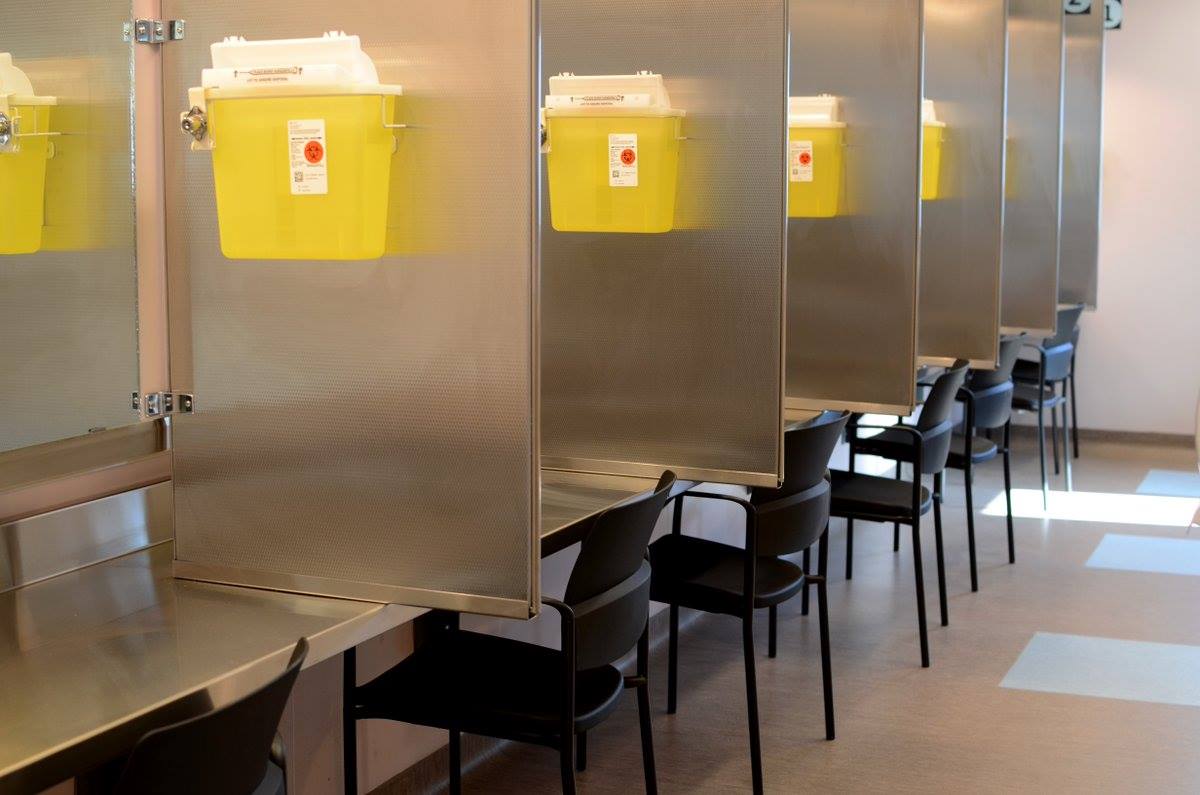
Mobile unit – offered in a mobile van setting with limited space for injection and other services, designed to be able to move and be in different communities where the services are needed.
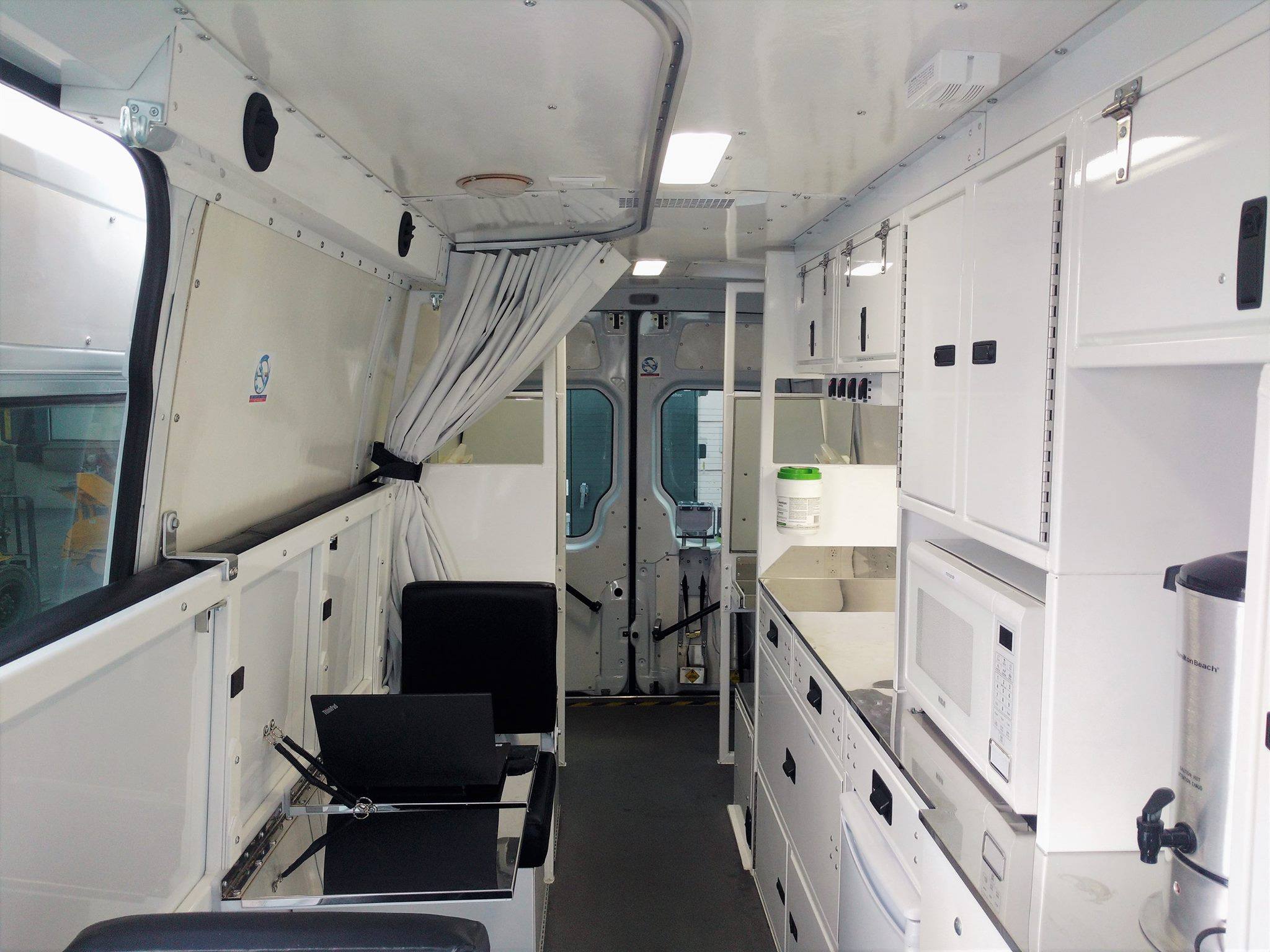
Tent/pop-up – offered as a temporary or semi-permanent outdoor space that may be a tent, portable, or other covered space that can be flexible in particular to meet the needs of unhoused people.
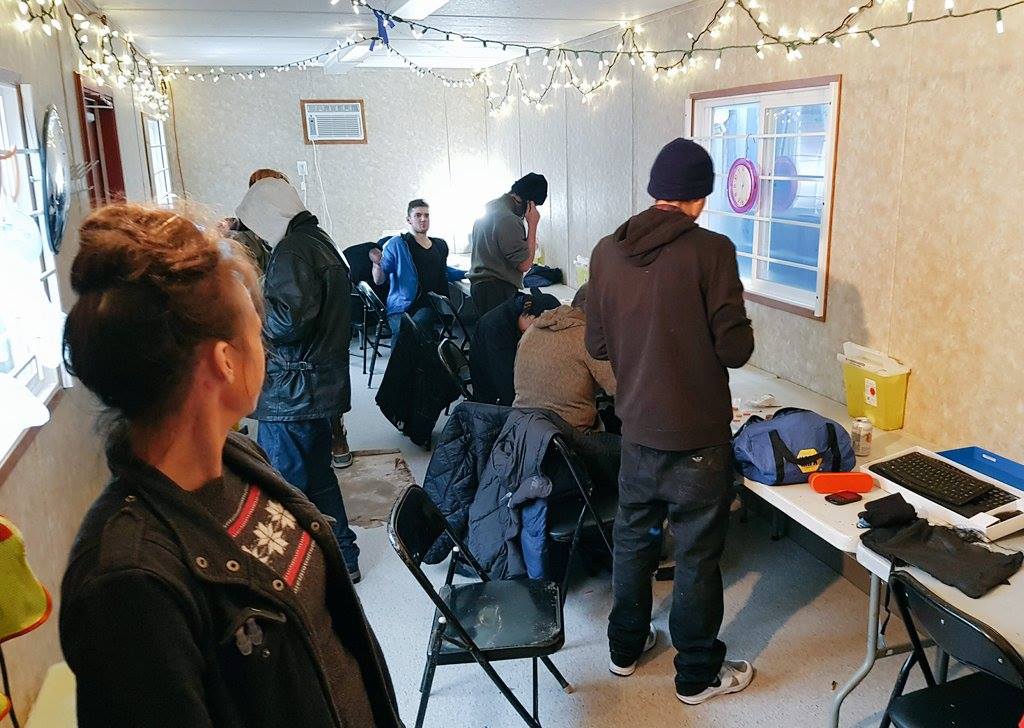
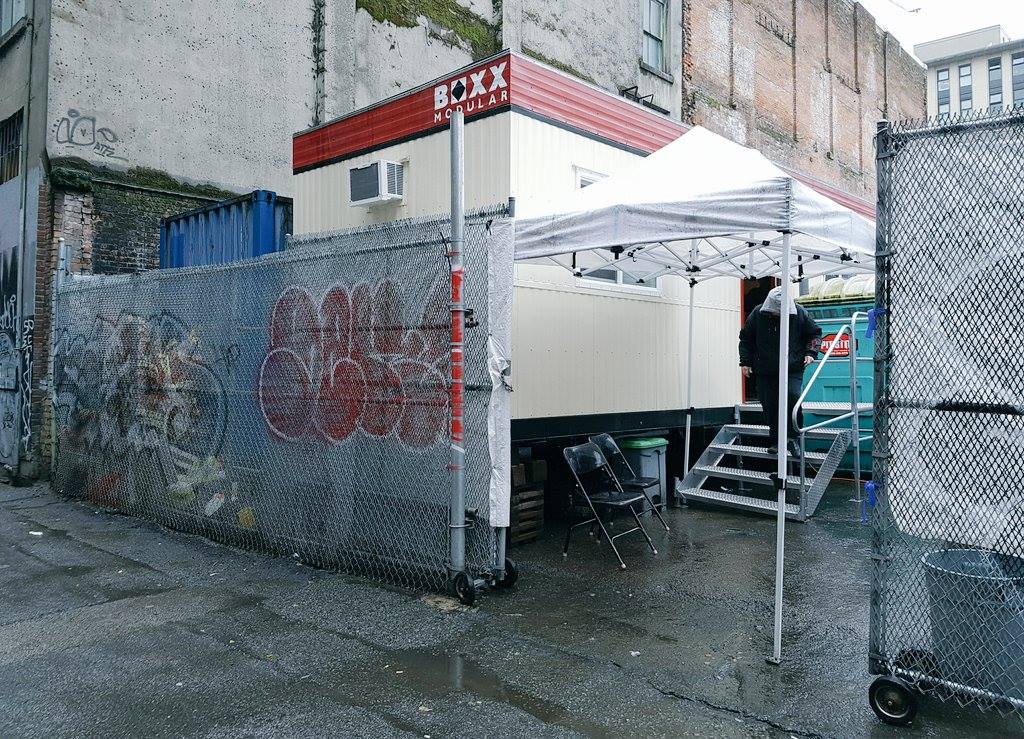
Original Unsanctioned – people who use drugs have been creating unsanctioned safe spaces for decades to keep the community alive and continue to operate in houses, apartments, or other spaces with coordinated support.
